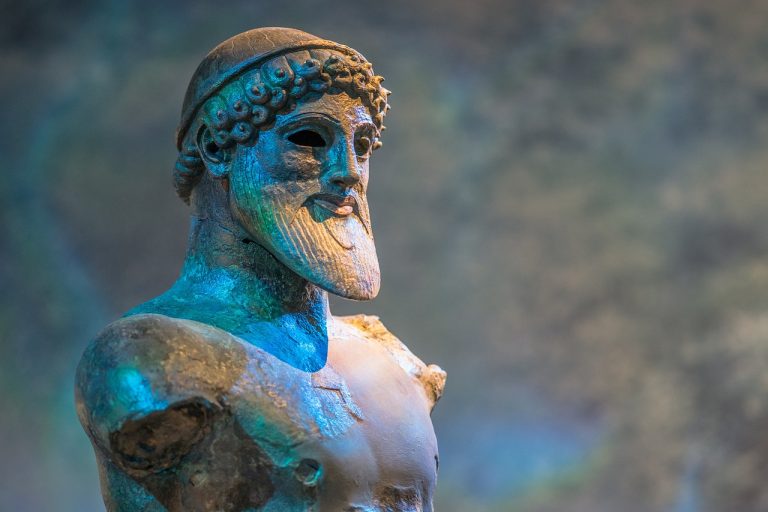Exploring Popular History Myths Debunked: The Truth Behind Common Historical Misconceptions
History is a rich, complex, and fascinating mosaic of tales that often become distorted as they are passed down over generations. Throughout our educational journey, several of these historical tales, deeply embedded in our cultural discourse, have proved to be more fictional than factual. In today’s post, we are exploring popular history myths debunked, taking a closer look at some of these well-entrenched myths and correcting the course of historical understanding.
Exploring the Need to Debunk Popular History Myths
Why worry about whether certain historical narratives are myths? It matters because history shapes our understanding of the past, informs our present actions, and anticipates our future. By exploring popular history myths debunked, we can cultivate a more accurate perspective of humanity’s journey, learn from the actual mistakes and triumphs, and foster a more critical mind.
Top Myths in History Debunked
Let’s dive into some of the most striking examples of historical inaccuracies and set the record straight:
1. The Great Wall of China is Visible from Space
One of the most widely spread historical myths is that the Great Wall of China is visible from the moon or space. Despite its astounding length and historical significance, this myth has been debunked by astronauts and scientists alike. According to NASA, the Great Wall is visible from low earth orbit but only under perfect conditions and is not discernible from the moon at all.
2. Columbus Discovered America
Celebrated in many countries across America on Columbus Day, the belief that Christopher Columbus was the first to discover America is another widespread historical misconception. In reality, not only were indigenous peoples present across the continents long before Columbus set sail, but there is also evidence that Norse explorer Leif Erikson reached Canada centuries before Columbus crossed the Atlantic.
3. Marie Antoinette Said ‘Let Them Eat Cake’
When told that her French subjects could not afford bread, Marie Antoinette supposedly sneered, “Let them eat cake.” However, there is no record of these words ever being spoken by her. This quote was first attributed to her by Jean-Jacques Rousseau in his autobiography when Marie Antoinette was just a child and likely used as revolutionary propaganda.
4. Napoleon Was Short
The image of Napoleon Bonaparte as a short man is embedded in popular culture, yet it is fundamentally inaccurate. Napoleon was actually above average height for his time at around 5 feet 7 inches. The confusion likely stems from the difference between French and British measuring units and the derogatory British propaganda during the Napoleonic Wars.
5. Witches Were Burned at the Stake in Salem
The Salem Witch Trials are infamous for their brutal depiction of witch hunting. However, contrary to popular belief, none of the accused witches during the 1692 Salem Witch Trials were burned at the stake. Most were hanged, and one was pressed to death. The myth possibly originates from European witch hunts, where burning was a commonplace execution method.
6. Albert Einstein Failed Mathematics
Einstein failing mathematics is a popular anecdote used to encourage struggling students. However, this is a myth. Einstein was proficient in mathematics from a young age. He himself joked about this misconception in an interview, clarifying that he had mastered integral and differential calculus by the age of 15.
Frequently Asked Questions
Q: Why do historical myths proliferate?
A: Myths can arise from misunderstandings, nationalist propaganda, or romanticizing history. They often spread because they provide simple explanations for complex situations or create more compelling narratives.
Q: How can we prevent the spread of historical myths?
A: Critical thinking and skepticism are crucial. Always check the source of information and look for evidence supporting historical claims. Education also plays a key role in dispelling myths.
Q: Are any historical myths based on truths?
A: Some historical myths might have a grain of truth but are often exaggerated or distorted over time. Understanding the kernel of truth can sometimes provide insight into the culture or time period.
Conclusion
Exploring popular history myths debunked not only corrects our understanding but also enriches our knowledge of human history. As we continue to question and validate historical narratives, we become better equipped to discern facts from fiction in this ever-informational age. Let’s commit to a more informed and accurate portrayal of our past, ensuring that history reflects the truth of the events that shape our world. Remember, knowing true history is crucial as it often repeats itself, and by understanding it accurately, we are better prepared for the future.
By debunking these myths, we empower ourselves with a truthful legacy to pass to future generations, enhancing their ability to build on solid historical foundations. Let’s keep exploring popular history myths debunked and embrace the intriguing, complex truths of our past.


